Add to favorites
Log in to your personal space

Like a finely chiseled jewel with an elegantly trimmed garden for the crown, Carneville flaunts its splendour beneath the Contentin light that mingles with the sea breeze. The architecture of the property exhibits a harmonious blend of several eras, together they create a grandiose yet rustic setting for a variety of parties and events. One can also choose to stay a few days and explore this Norman peninsula where many testimonies of its rich history remain intact.
In my early childhood, I travelled all the small country roads of the Cotentin with my father and discovered the many chateaus and manors surrounded by meadows that form the incredible cultural heritage at the tip of Cherbourg. During one of these trips, we discovered a long avenue with this stunning 18th century building at the end of it. The next step was obvious for my family, we needed to revive this sleeping beauty and make it shine anew with all the splendour of the past. We have realised over the years that a property chooses its owner just as much as you choose it yourself.
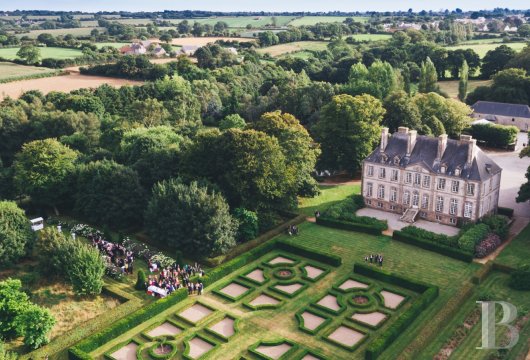
Built under the reign of Louis XV, the words sobriety and elegance are key in describing the architecture of the main house. Discreet "architectural illusions" punctuate the chateau and make it unique. When looking at the south-west facade (courtyard side), the proportions, with two bays on the wings and three in the central pavilion, reveal a rich yet modest estate. Two small chimneys that follow the ridge of the roof do not add any height to the chateau, they instead leave the mark of daily life on the facade as it watches over the outbuilding and the farm. The north-eastern side facing the gardens tells a very different story. The facade is identical in appearance to the courtyard side, but features four additional bays with three on the wings and three on the central pavilion. As for the chimneys, there are four on this side and they are placed in the middle of the roof. They monumentalise the main facade. This impression of grandeur and 'chateau status' are the result of architectural illusions that trick the eye. Carneville is distinguished by this impression it creates of symmetrical facades, in reality they are rich in differences and capture the attention of those walking by. The varying levels continue inside with large lounges lined in a row under the ceiling of nearly 4.8m that overlooks the gardens; the reception rooms and mezzanine apartments are covered by the 2.5m ceiling and overlook the courtyard with the familiar features of everyday life and a direct view of the outbuildings.
The chateau de Carneville is perched on the heights of the Val de Saire, between Cherbourg-en-Cotentin and Barfleur at the tip of the Cotentin. It is distinguished by its variety of buildings from different eras. The Symon family of Carneville first built the original mansion in 1640, then the Anoteux manor (ISMH) in 1699 and the charming bakery (ISMH) in 1725 which is a lovely example of the Cotentin's picturesque architecture. François Hervé Symon of Carneville subsequently began constructing the main house in 1755. It was unfortunately ruined during the revolution and work on the chateau was suspended for decades. It was eventually taken over by the last Earl of Carneville until 1923. The Tocqueville family bought it in 1927 and finally completed the construction programme by adapting to the needs and techniques of the interwar period. The originality and interest of the Carneville estate are that each of its buildings remain intact and form a complete example of rural architecture and the pleasantries of the Cotentin between the 17th and the 20th centuries. Carneville's current site was not chosen by chance. All the buildings are at the birth of a valley that joins the sea three kilometres away. In the lower part of the landscaped park, there was a site of Celtic rites that was known throughout Gaul at that time. We are lucky enough to have preserved two standing stones and a twisted oak that is estimated to be between 1200 and 1500 years old, they form part of an old path that leads to the place of rites.
An estate like this offers many possibilities. At first, we wanted to restore the rhythm of life that people lived to here in the past. The oven in the 18th century bakery has been up and running for three years. A local baker bakes more than four tons of traditional bread every year! Visitors can buy directly at the château, just as it comes out the oven or explore the surrounding markets and discover all the products that characterise the Val de Saire region. In the same spirit, we are also preparing the restoration of the 8000m² historic vegetable garden so that an organic market gardener can begin growing produce on the estate. Known throughout the region, our flowery honey produced by black Cotentin bees is very popular with locals and passing tourists. Strolling through the symmetrical garden, visitors can enjoy the hydrengea conservatory, the rose garden, the rhododendron grove, the Asian or Southern garden, the arboretum, the undergrowth and the one-hectare pond; all the while looking for dragonflies and birds in an LPO shelter of almost ten hectares. We have also arranged a seminar and reception room in the old barn from 1895. It is therefore possible to organise weddings there and enjoy a historic setting with modern day comforts in the middle of a Val de Saire grove. There is a gite for fifteen people in the Anoteux manor, guests can enjoy the picturesque atmosphere of Normandy over the weekend or during the week. In addition, the chateau park is open for tours (free or guided) over more than seven hectares.
The tip of Cotentin is appreciated for the richness of its natural, architectural and gastronomic heritage. The region is ideal for lovers of hiking, breathtaking natural landscapes and good food cooked with passion and local products by the fire. For me, an ideal day off in the Cotentin would begin with breakfast on the terrace of Café de France. It is located on the port of Barfleur and looks out over the trawlers of the small fishing port and neighbours the house of Paul Signac which has long held the spotlight in the Cotentin. You could then climb to the top of the Gatteville lighthouse which is one of the highest in Europe, it offers a striking view of the coast and peninsula. Head towards Cherbourg-en-Cotentin afterwards to explore the Theatre Square built during the Second Empire, the marina and the Thomas Henri Museum. Next enjoy a lunch served on the docks, perhaps at the Satrouille - a small restaurant where the fish is caught the same day and cooked before your eyes with organic, locally grown vegetables. The afternoon can begin with a stroll along the path of Douaniers on the tip of the Hague where the cliffs of granite make even the Scottish coast look pale. Stopping by one of the many local producers' cooperatives is a must - buy a goat cheese from the moulin valley goat farm, a good leavened bread baked in a wood fire, a bottle of cider from the Vatel farm, a basket of vegetables from Celine and Florent in Quettehou, meat patiently prepared by the monks of the Abbaye de la Trappe in Bricquebec and an apple pie by pastry chef Jean-François Foucher in Cherbourg. Share these delicious finds around the table in the gite before heading to "The Gull" beach bar. With a lounger on the fine sand, watch the sun set over Jonville beach and Tatihou island which is classified as a UNESCO world heritage site. Listen to excited, young musicians take their first steps on the music scene with a drink in hand - the perfect way to finish a day in Cotentin.
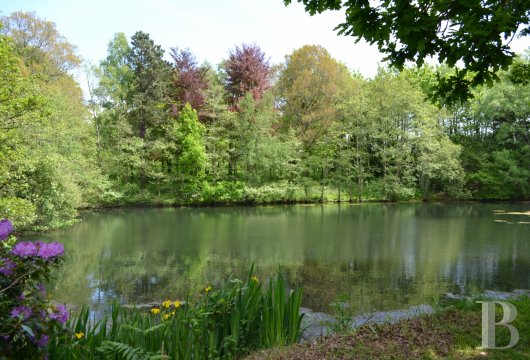
The canal room is available for private events. This two-level reception room provides space for dinner, a dance floor and a back-up option for the drinks reception in the case of bad weather. Weather permitting, the wine of honour can be held in the hydrangea conservatory where guests can enjoy the one hectare of French gardens. Tables and chairs are included in the rental price.
ref 980501
Specific themes in connection with the event subject are proposed during public events, conferences and panel discussions.
Several types of concerts can be organised: intimate evening ones with meetings with the musicians at the end of the concert, outside, with a festive and convivial atmosphere.
Carneville hosts the «Cotentin tales» festival every year, it involves creations and readings of local traditional tales for both children and adults.
In mid-June every year, we organise a horse and carriage event. The event is composed of two aspects: the dressage and sport events for the riders, and numerous events for the public on site.
The exhibitions at the Chateau de Carneville are usually attached to events (tree festival, heritage days etc) and are designed to promote local talent and expertise.
Discover the château de Carneville park spread over more than seven hectares of land featuring a symmetrical garden, a rose garden, a hydrangea conservatory, a rhododendron grove, an arboretum, an English-style garden, strolls around the wood, a one-hectare park, an Asian garden and a southern garden.
Self-Guided and guided one and a half hour tours of the Château de Carneville Park are available by appointment for groups of at least ten people and every Friday, Saturday and Sunday at 3pm from mid-June to early September. The tour ends with a free taste of the chateau bread, homemade jams and a glass of apple juice. Free tours are available from 10am to 7pm and guided tours at 3pm


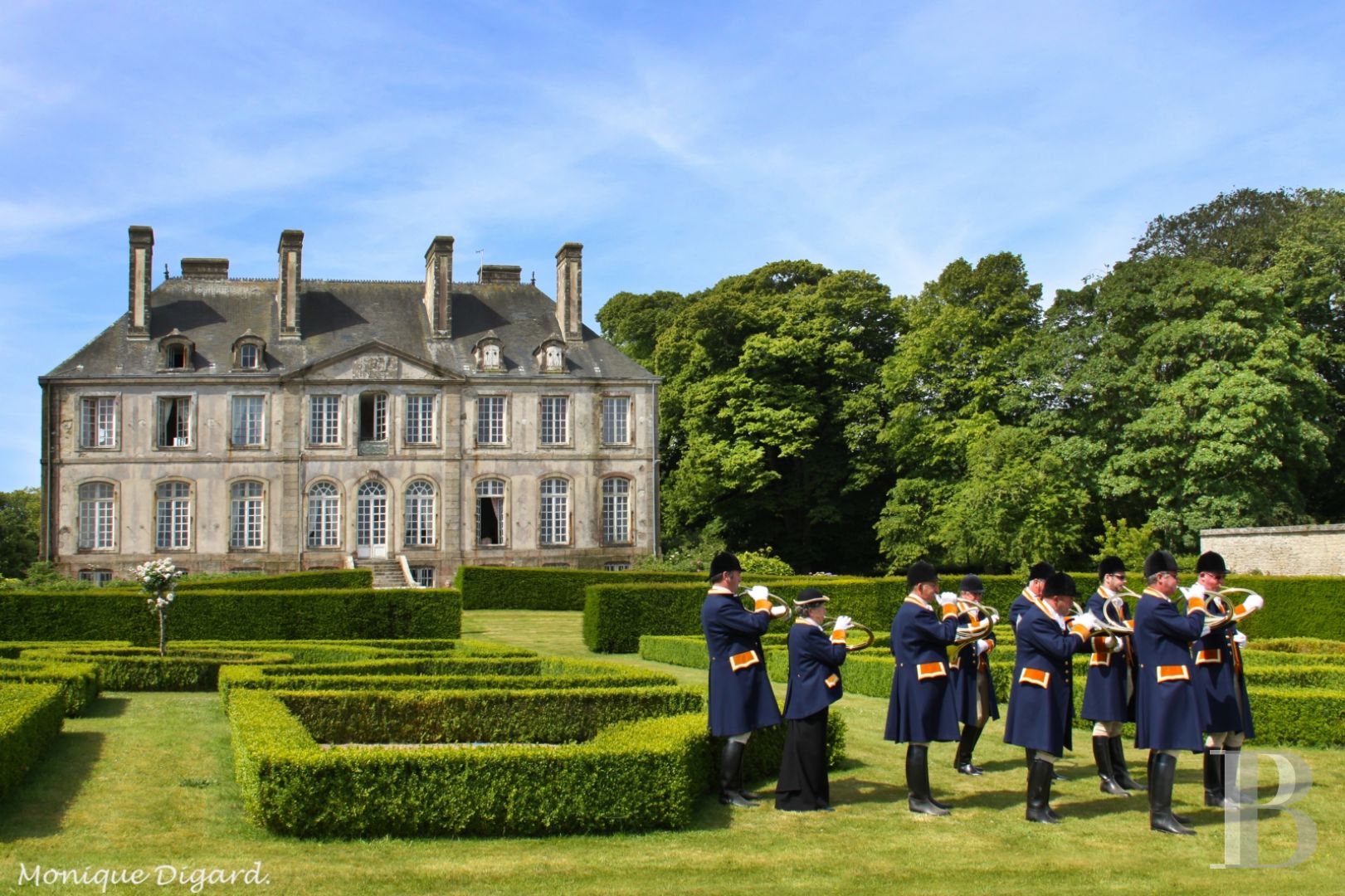
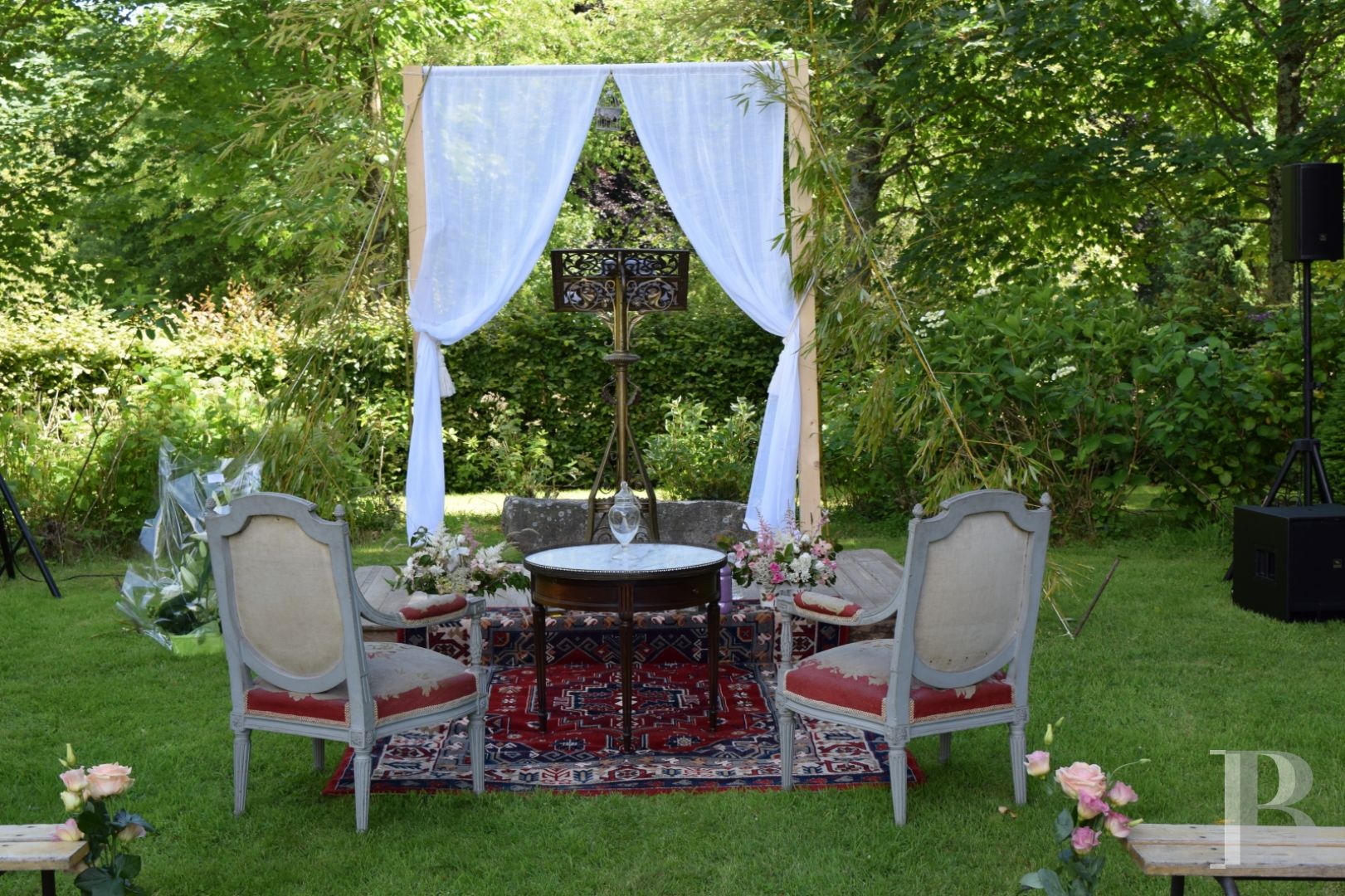
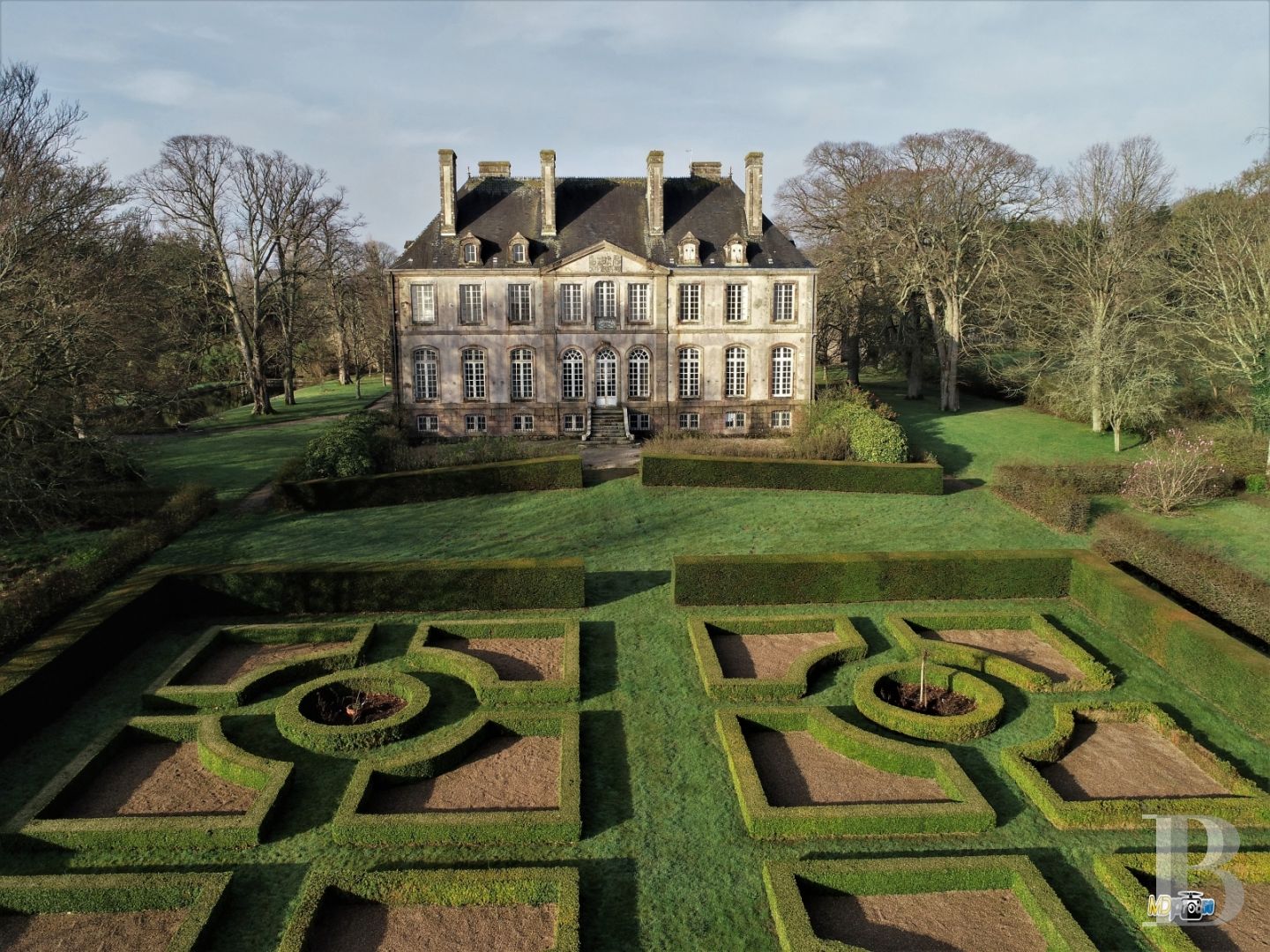
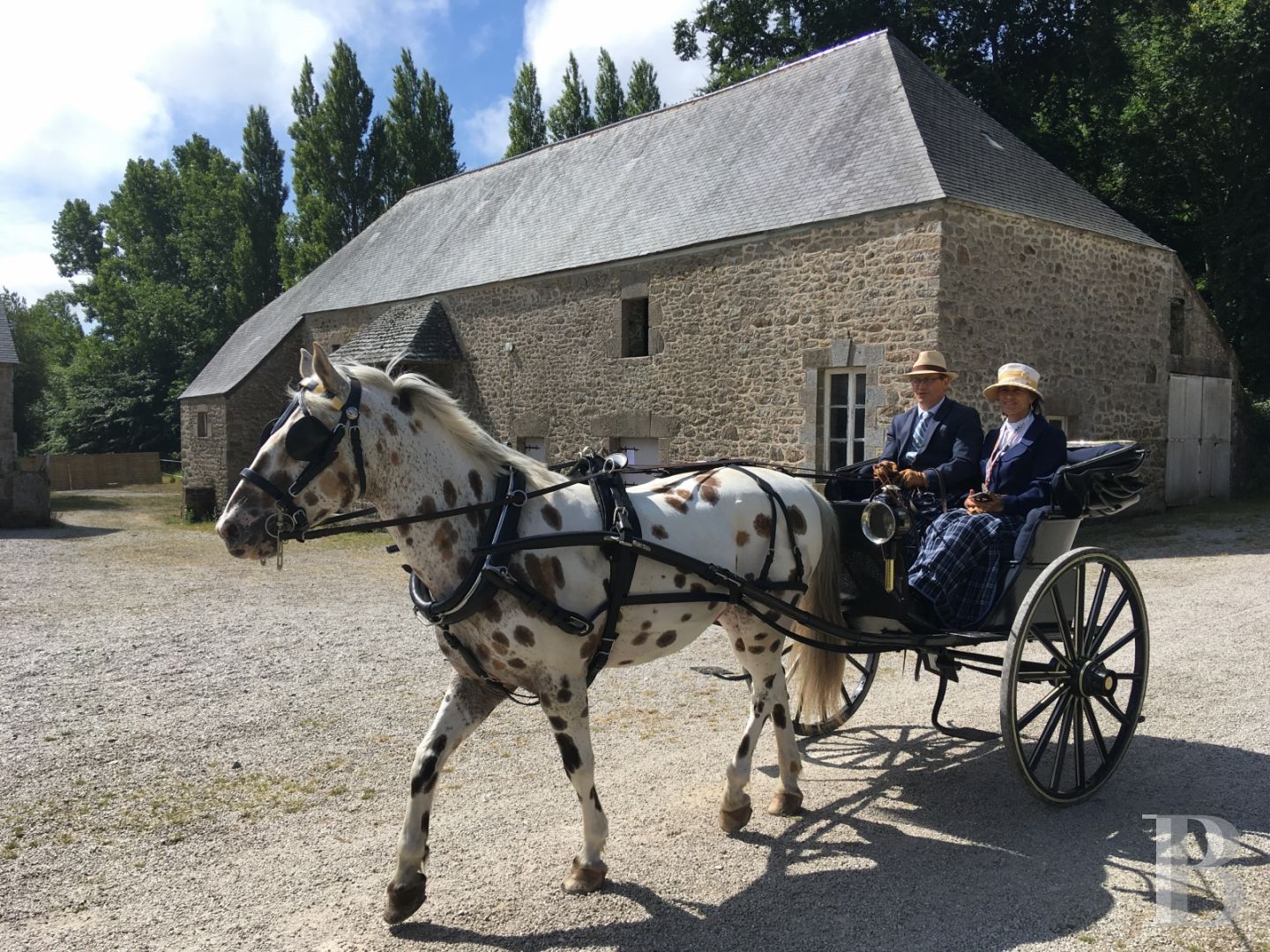

 A link to enter a new password has been sent to you by email.
A link to enter a new password has been sent to you by email.
By continuing your navigation, you accept the use of cookies to offer you services and offers adapted to your centers of interest and to measure the frequentation of our services. Learn more